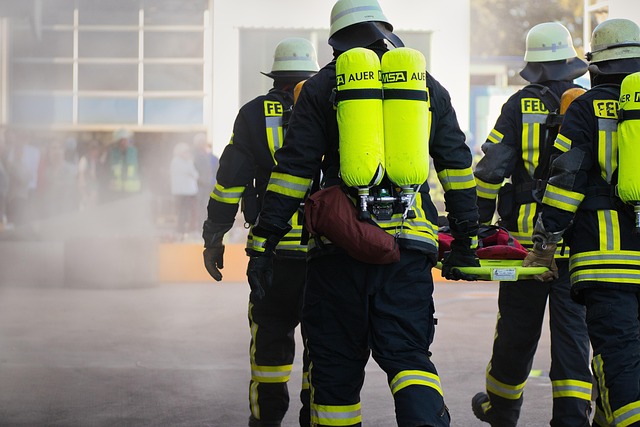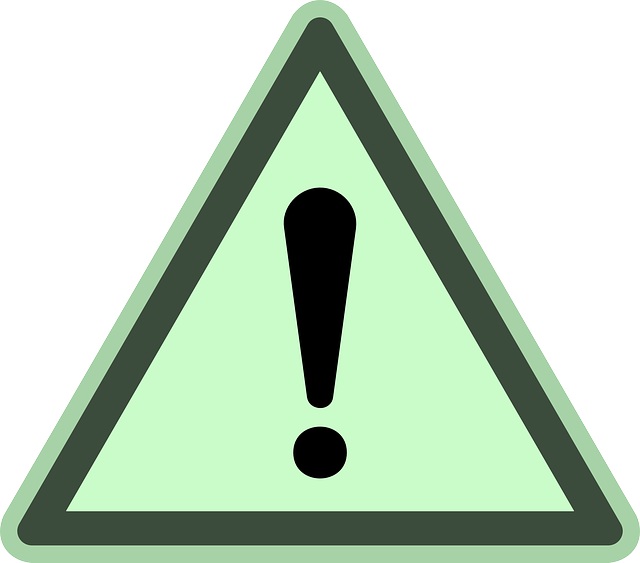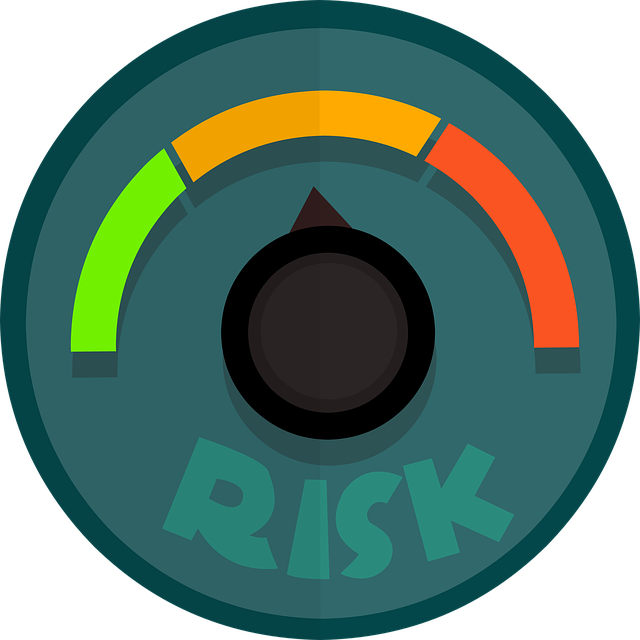In the realm of international business, professional Risk Assessment Reports (RARs) translation services from the UK are paramount for global comprehension and regulatory compliance. These reports, replete with technical jargon and industry-specific terminology, necessitate expert handling to preserve semantic accuracy and cultural relevance. Top-tier UK translation services overcome unique hurdles, such as intricate risk assessment language and specialized terminology, through meticulous rendering and collaboration with domain experts. By leveraging these services, global audiences can fully grasp RAR recommendations without ambiguity, ensuring integrity and avoiding legal complications in international business.
In ensuring compliance across borders, accurate translation of UK Risk Assessment Reports is vital. This article guides you through the intricacies of this process, highlighting key considerations for effective communication. We explore the essential components and terminology within risk assessment reports, dissecting common challenges in their translation.
Learn about the critical roles of accuracy and cultural nuance, discover best practices for technical documentation translation, and understand how to choose reliable UK translation services. Essential steps for quality assurance are also outlined.
- Understanding Risk Assessment Reports: Key Components and Terminology
- Challenges in UK Risk Evaluation Documents Translation
- The Importance of Accuracy and Cultural Nuance in Translation
- Best Practices for Translating Technical Documentation Effectively
- Choosing the Right UK Translation Services for Risk Assessment Reports
- Ensuring Quality Assurance: Verification, Validation, and Feedback Processes
Understanding Risk Assessment Reports: Key Components and Terminology

When dealing with UK risk evaluation documents, be they for regulatory compliance or internal auditing, understanding the report’s structure is paramount. Risk Assessment Reports (RARs) are comprehensive documents that detail potential hazards within an organisation and propose mitigation strategies. These reports often contain technical language and terminology specific to risk management, making accurate translation critical for global operations. Professional UK translation services not only ensure semantic fidelity but also grasp the nuance of rare or industry-specific terms.
Key components of a RAR include the executive summary, which provides a high-level overview; risk identification and analysis, where potential risks are outlined with associated probabilities and impacts; risk evaluation, which prioritises risks based on severity and likelihood; and finally, risk treatment strategies, detailing how to manage or mitigate identified risks. Translators must be adept at conveying these elements accurately across languages, ensuring that recipient audiences worldwide grasp the original report’s intent and recommendations without ambiguity.
Challenges in UK Risk Evaluation Documents Translation

Translated risk evaluation documents in the UK face several unique challenges. One significant hurdle is the intricate nature of risk assessment language, which often involves technical jargon and specialized terminology specific to various industries. Accurately rendering these terms into another language requires not just linguistic proficiency but also a deep understanding of the underlying concepts.
Another challenge lies in maintaining regulatory compliance across different languages and jurisdictions. The UK’s robust risk evaluation framework must be accurately reflected in translations, ensuring that documents remain legally sound and reliable in their target markets. This necessitates close collaboration with domain experts who can guide translators in navigating complex regulatory landscapes, thereby preserving the integrity of Risk Assessment Reports during translation processes.
The Importance of Accuracy and Cultural Nuance in Translation

In the realm of international business, precise and accurate translations are non-negotiable, especially when it comes to critical documents like Risk Assessment Reports. UK translation services play a pivotal role in ensuring that these reports maintain their integrity across languages while respecting cultural nuances. Accuracy is paramount; a single misinterpreted phrase could lead to misunderstandings or even legal complications.
Cultural nuance is equally essential. What may seem straightforward in one language might carry different connotations or require specific phrasing in another. For instance, terms related to risk management, regulatory compliance, or health and safety standards must be translated with care to avoid confusion. Professional translators who understand both the technical aspects of risk assessment and the cultural context ensure that these documents effectively communicate the original intent, thereby facilitating seamless operations globally.
Best Practices for Translating Technical Documentation Effectively

Effective translation of technical documentation, such as risk assessment reports, requires a meticulous approach to ensure clarity and accuracy in the target language. When dealing with UK risk evaluation documents, it’s essential to employ best practices that go beyond simple word-for-word translations. Professional translators should possess a deep understanding of both the source and target industries to convey complex concepts accurately.
One crucial practice is maintaining consistency throughout the document. This involves using uniform terminology and formatting to avoid confusion. Another vital step is localization, which adapts the content to suit cultural nuances and legal requirements of the UK market. Additionally, incorporating visual aids like diagrams or tables can significantly enhance comprehension, especially for technical audiences. Reputable UK translation services often employ these strategies to deliver high-quality translations that meet industry standards, ensuring compliance with regulatory frameworks.
Choosing the Right UK Translation Services for Risk Assessment Reports

When it comes to Risk Assessment Reports, precision and accuracy are paramount. Choosing the right UK translation service is, therefore, a crucial step in ensuring clarity for your international audience. Look for providers with proven expertise in scientific and technical translations, as these fields often require specific terminology and a deep understanding of industry-specific risk assessment methodologies.
Reputable translation services should have native speakers on their team who are also subject matter experts, capable of rendering complex concepts accurately. Additionally, they should employ quality assurance processes that include peer review and proofreading to catch any potential errors or ambiguities. This level of professionalism ensures your Risk Assessment Reports convey the intended meaning effectively across languages and cultural barriers.
Ensuring Quality Assurance: Verification, Validation, and Feedback Processes

Ensuring quality in translated risk assessment reports is paramount, especially for documents originating from the UK where nuanced terminology and regulatory requirements can vary globally. Professional UK translation services implement rigorous Quality Assurance (QA) processes to maintain accuracy and consistency. These processes include verification and validation steps that act as guardrails against errors or misinterpretations.
Verification involves double-checking the translated document against the original source, ensuring that all technical terms and context are accurately conveyed. Validation, on the other hand, assesses whether the translation adheres to industry standards and best practices for risk assessment reports. This often includes peer review by subject matter experts who provide valuable feedback, refining the translation’s clarity and precision. Such meticulous QA procedures not only guarantee high-quality outputs but also foster trust among stakeholders relying on these crucial documents.
Accurately translating UK Risk Assessment Reports requires a deep understanding of both technical terminology and cultural nuance. By adhering to best practices, utilizing reputable UK translation services, and implementing robust quality assurance processes, organizations can ensure that their translated documents maintain integrity and effectiveness across borders. This approach is vital for effective risk communication and decision-making in an increasingly globalized landscape.
